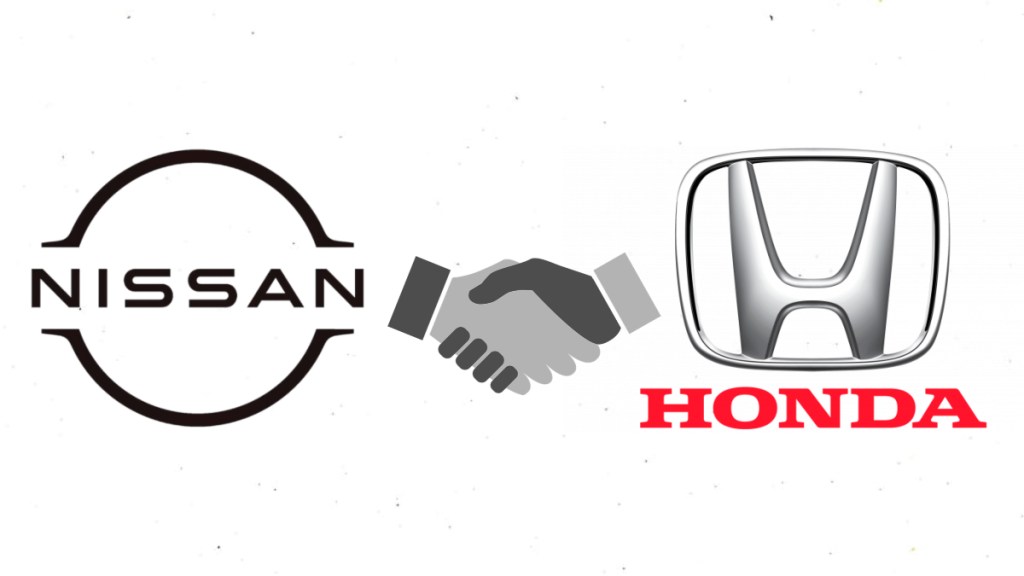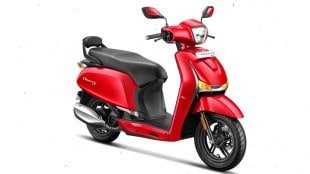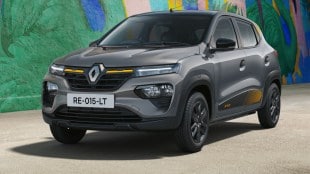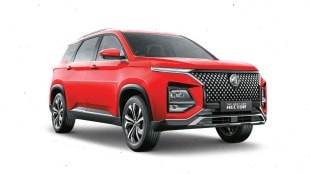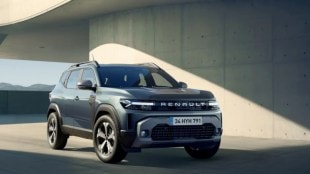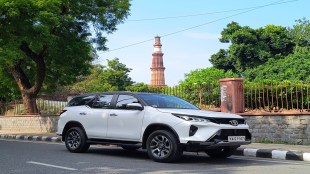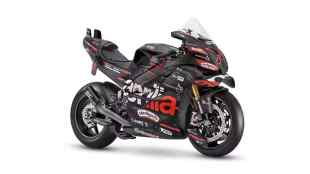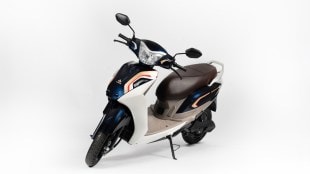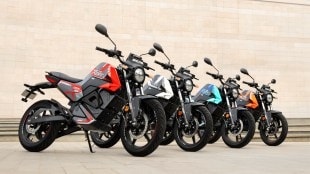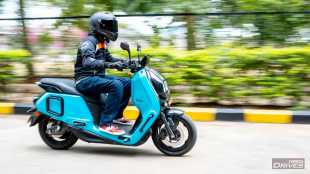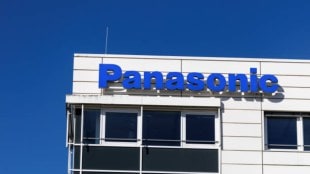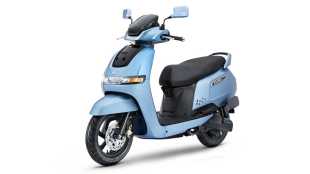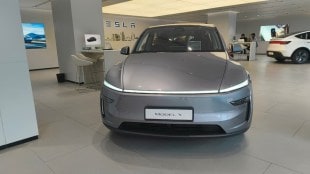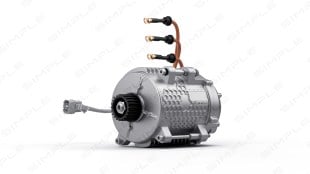The merger of two Japanese auto giants– Honda and Nissan— is currently the most discussed topic across the global automotive industry. The question is why Nissan, one of the first movers in the electrification journey, chose to tag along with Honda to ride through the current rough patch?
Nissan has been struggling globally for the past few years. The alliance with Renault and Mitsubishi didn’t really help boost its plummeting sales. Nissan now hopes to find solace in the company of Honda, which has also seen a dip in its share across the global automotive market amidst the rise in sales of electric vehicles (EV) and competition from Tesla and other Chinese EV manufacturers.
In a joint press conference, Honda and Nissan co-signed a memorandum of understanding (MoU) to begin discussions on a potential business integration which could possibly see the emergence of a joint holding company by August 2026.
Does a Honda Nissan alliance tie in synergies?
Here is a detailed analysis on why Honda is sticking out its neck for Nissan.
Nissan’s expertise in electrification
Honda surely has better market capitalisation of more than $40 billion as compared to Nissan which is worth $10 billion but the latter has more expertise and resources when it comes to EVs. Nissan is one of the first legacy automakers to invest heavily towards battery-powered mobility. In fact, Nissan launched its first electric car Leaf more than 15 years ago, way ahead of its competitors.
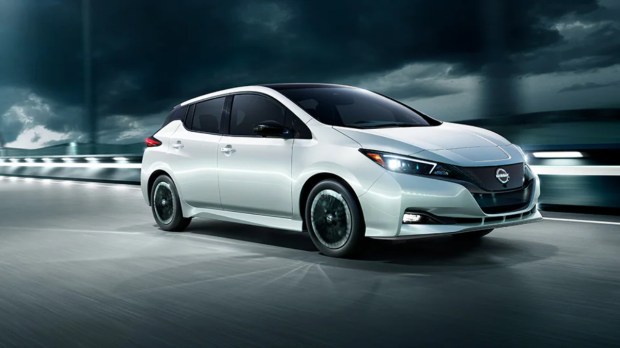
In this regard, Honda lags behind and with this merger it could tap into Nissan’s resources from its EV division for its own benefits. The merger clearly emphasises the potential growth of the EV industry in the coming years and hence it outlines the provision of standardising vehicles for both companies across various product segments. This provision will help Honda utilise Nissan’s platforms for future fully-electric and hybrid platforms depending upon the market.
Stiff competition from rivals
With future mobility largely seen centred around battery as a power source, Honda and Nissan will face competition from Tesla which is way ahead in terms of battery technology. Even legacy carmakers like Volkswagen, General Motors, and Ford have a far larger pool of resources in their respective EV divisions. To make things more challenging, Chinese automakers like BYD, Great Wall Motors, and SAIC have a larger market capitalization when it comes to battery mobility.
In order to counter this, Honda and Nissan have realised that combining synergies may yield better results. Hence, as per the MoU, the merger will encourage a joint research in fundamental technologies in the area of vehicle platforms for next generation software-defined vehicles (SDVs). This may result in lowering of development costs and optimisation of manufacturing facilities which may ultimately result in cost competitive products.
